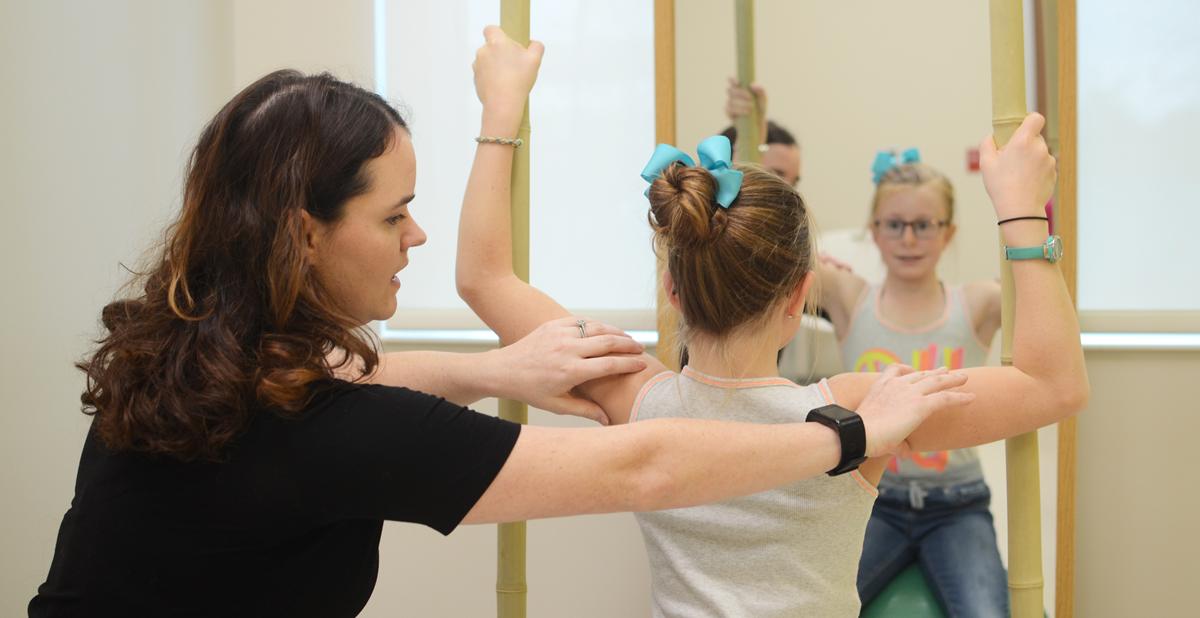Scoliosis is a common orthopedic condition that affects between 2% to 3% of the population. This abnormal sideways curvature of the spine can range from mild to severe, with varying health impacts. Scoliosis must be monitored until children stop growing, and moderate...



